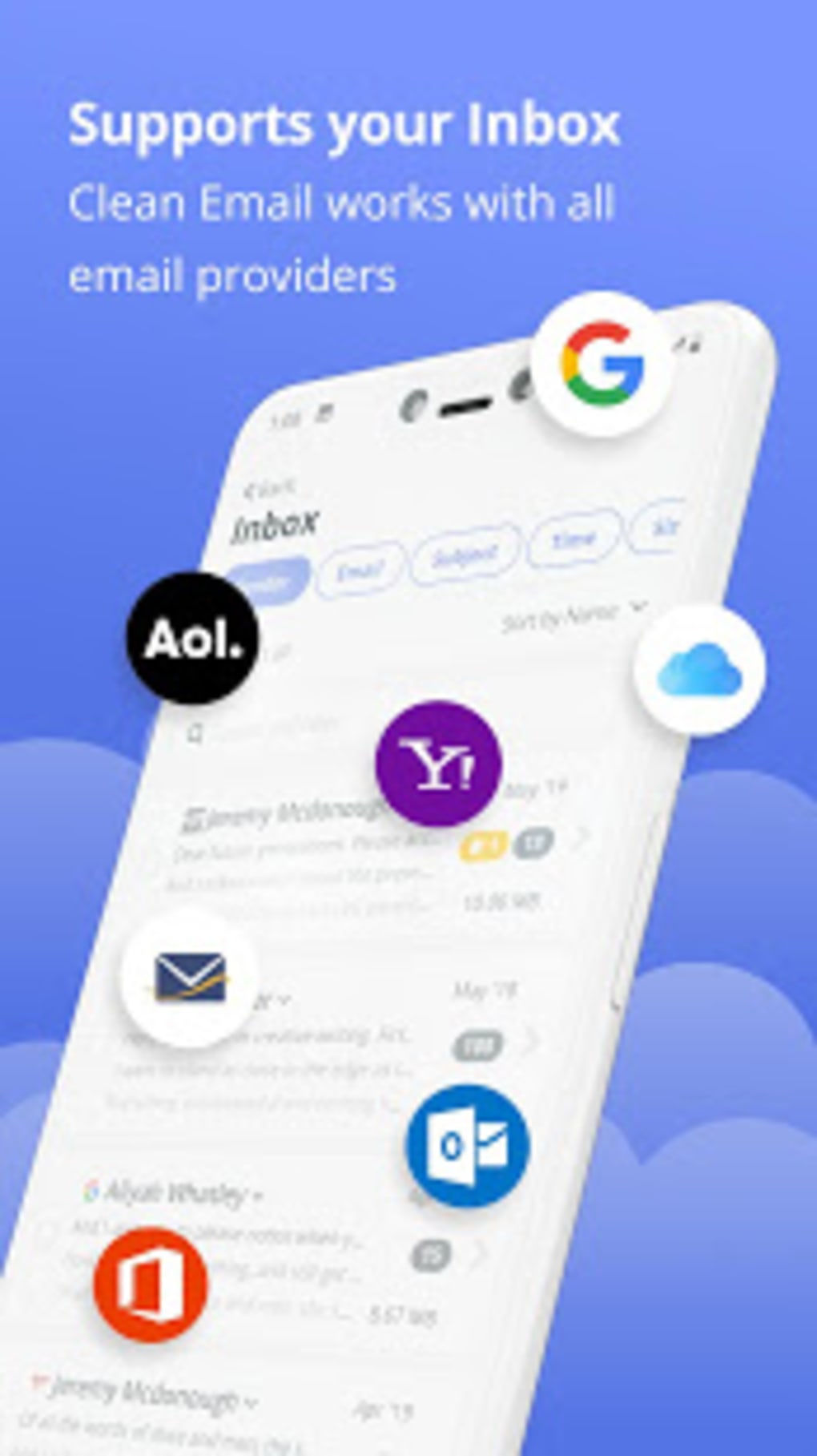

When you’ve filled in the variables, save the script, name your project and click Run. Notice that, in the second line, you have the option to change the number of delay variables to specify how many days should pass before that particular matched message will be deleted from your inbox.

You’ll enter the following code, as written on John Day’s blog–head there to copy and paste the script. Once your filter has been created, go to and create a blank project. To accomplish this, you’ll need to follow two steps:ġ) Create a “delete me” Gmail filter and populate the search options to catch your semi-spam as it arrives.Ģ) Create a script that will delete all messages from the “delete me” label older than two days.

Say you want to get rid of deals, promotional emails or notifications that are two days old. You’re ready to set it up, aren’t you? Let’s dive in with a hypothetical example. The result? Time-based events that will move, mark or label messages-and you don’t even have to open your mail client!
#APP CLEAN EMAIL ARCHIVE#
We live our lives on a schedule (or try to, anyway)-so why not apply the same philosophy to your inbox? The Google Apps Script lets you automatically archive or delete old emails that are clogging up your inbox based on a schedule you create. Ready to tidy things up a bit? We stumbled on a Google Apps script that can help you better manage your Gmail inbox-no apps or extensions required. And if your email inbox is anything like mine, well, it’s a jungle. This makes sure that you have a complete record of all content in the Conversation in the event someone alters a message that is contained inside a reply.Email is undoubtedly important-and at the same time, it can be a huge time drain depending on how much email you receive a day. We recommend that you select this option. To always keep the original message if someone alters the message when it is included in replies, select the When a reply modifies a message, don’t move the original check box. To always keep any message that is digitally signed, select the Don’t move digitally-signed messages check box. Flags apply to specific messages, and deleting a flagged message would result in the loss of the flagged message. To always keep any message that is flagged, select the Don’t move flagged messages check box. Categories apply to specific messages, and deleting a categorized message would result in the loss of the categorized message. To always keep any message that is categorized, select the Don’t move categorized messages check box.

The remaining Conversation messages will contain any messages that are deleted, such as those that you might not have read. We recommend that you don’t select this option. To always keep any message that you haven’t read, select the Don’t move unread messages check box. Note: This option is not available if the destination is the Deleted Items folder. On the Home tab, in the Delete group, click Clean Up.Ĭlean Up Conversation The current Conversation is reviewed, and redundant messages are deleted.Ĭlean Up Folder All Conversations in the selected folder are reviewed, and redundant messages are deleted.Ĭlean Up Folder & Subfolders All Conversations in the selected folder and any folder that it contains are reviewed, and redundant messages are deleted. Conversation Clean Up can delete all of the messages except the last one from Tim because within that message is a copy of all of the previous messages.Ĭonversation Clean Up is most useful on Conversations with many responses back and forth, especially with many recipients. Tim’s reply includes all of the previous messages in the Conversation. Now, Tim sees Anne’s message and replies to both Jeff and Anne. Anne replies to both Jeff and Tim and in her Outlook message body, Jeff’s complete original message is included. If a message is completely contained within one of the replies, the previous message is deleted. What does Conversation Clean Up do?Ĭonversation Clean Up evaluates the contents of each message in the Conversation. Multiple people might reply to different messages in the Conversation. In many Conversations, there might be many replies back and forth. The messages of a Conversation have the same subject.įor example, when you send a message to someone and then they reply, a Conversation results. A Conversation is the complete set of email messages from the first message through all responses. You might know a Conversation by the term email thread. Redundant messages throughout a Conversation are moved to the Deleted Items folder. The Conversation Clean Up feature in Outlook can reduce the number of messages in your mail folders.


 0 kommentar(er)
0 kommentar(er)
